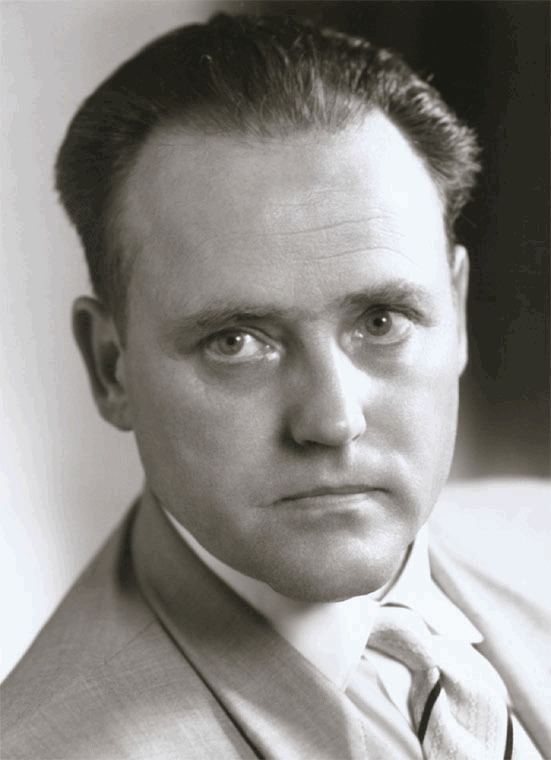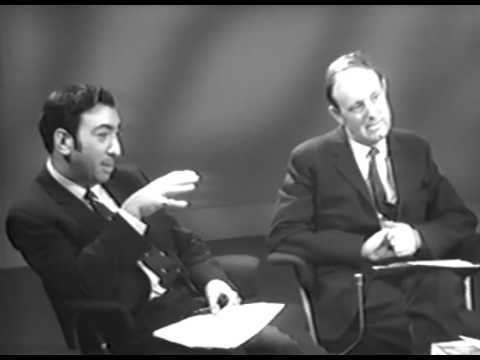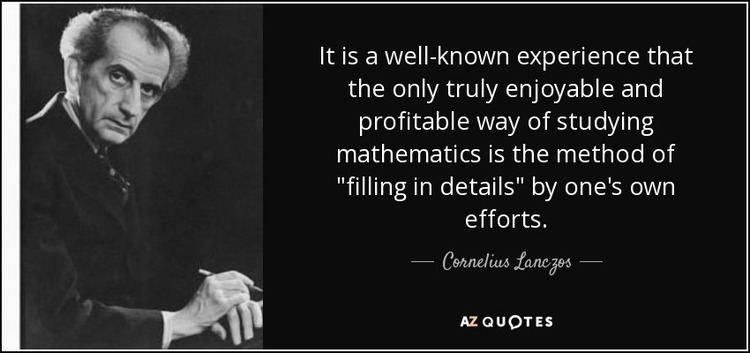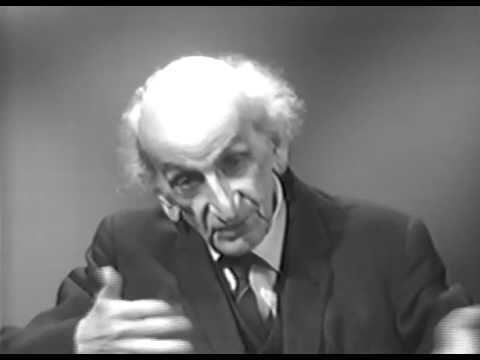Role Mathematician Education University of Szeged | Doctoral advisor Rudolf Ortvay Name Cornelius Lanczos | |
 | ||
Born February 2, 1893Szekesfehervar ( 1893-02-02 ) Books The variational principles, Applied analysis, Linear Differential Operators, Discourse on Fourier series, Space through the ages | ||
Notable awards Chauvenet Prize (1960) | ||
Cornelius lanczos 1893 1974 about mathematics
Cornelius (Cornel) Lanczos (Hungarian: Lánczos Kornél, [ˈlaːnt͡soʃ ˈkorneːl], born as Kornél Lőwy, until 1906: Löwy (Lőwy) Kornél) was a Jewish Hungarian mathematician and physicist, who was born on February 2, 1893, and died on June 25, 1974.
Contents
- Cornelius lanczos 1893 1974 about mathematics
- Cornelius lanczos 1893 1974 about his life
- Biography
- Research
- Books
- Articles
- References

Cornelius lanczos 1893 1974 about his life
Biography
He was born in Székesfehérvár to Karl Löwy (Lőwy Károly) and Adél Hahn. Lanczos' Ph.D. thesis (1921) was on relativity theory. He sent his thesis copy to Einstein, and Einstein wrote back, saying: I have read your work in as much detail as my present excess of work allows. I can say that it is sound and original thinking. It makes you worthy of the doctorate. I am pleased to give you my permission to honour me by dedicating it to me. In 1924 he discovered an exact solution of the Einstein field equation representing a cylindrically symmetric rigidly rotating configuration of dust particles. This was later rediscovered by Willem Jacob van Stockum and is known today as the van Stockum dust. It is one of the simplest known exact solutions in general relativity and is regarded as an important example, in part because it exhibits closed timelike curves. Lanczos served as assistant to Albert Einstein during the period of 1928–29.

According to a short speech delivered October 1, 2010 during Lanczos' induction to the NIST Portrait Gallery of Distinguished Staff, his daughter-in-law, Alice Lanczos, described his return to Hungary in 1939 from his then-position at Purdue University, when he attempted to convince his family to return to the US with him due to the anti-Jewish Nazi threat. His wife was too ill to travel and died several weeks later from tuberculosis. He was only able to extricate his 5-year-old son and return to the US just before the war began. When the Nazis purged Hungary of Jews in 1944, only his sister and a nephew survived. That son married, moved to Seattle and raised two sons. When his son Elmar looked at his own firstborn son, he said: "For me, it proves that Hitler did not win."

During the McCarthy era, Lanczos came under suspicion for possible communist links. In 1952, he left the U.S. and moved to the School of Theoretical Physics at the Dublin Institute for Advanced Studies in Ireland, where he succeeded Schrödinger and stayed until 1968. When at D.I.A.S., he wrote the classic book "Applied Analysis" (1956).
Research
Lanczos did pioneering work along with G. C. Danielson on what is now called the fast Fourier transform (FFT, 1940), but the significance of his discovery was not appreciated at the time, and today the FFT is credited to Cooley and Tukey (1965). (As a matter of fact, similar claims can be made for several other mathematicians, including Carl Friedrich Gauss.). Lanczos was the one who introduced Chebyshev polynomials to numerical computing. He discovered the diagonalizable matrix.

Working in Washington DC at the U.S. National Bureau of Standards after 1949, Lanczos developed a number of techniques for mathematical calculations using digital computers, including:
In 1962, Lanczos showed that the Weyl tensor, which plays a fundamental role in general relativity, can be obtained from a tensor potential that is now called the Lanczos potential.
Lanczos resampling is based on a windowed sinc function as a practical upsampling filter approximating the ideal sinc function. Lanczos resampling is widely used in video up-sampling for digital zoom applications.
Lanczos was an outstanding physics teacher. Books such as The Variational Principles of Mechanics (1949) show his explanatory ability and enthusiasm for the subject.
